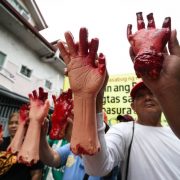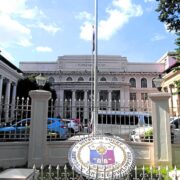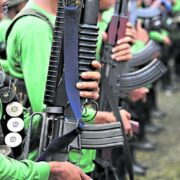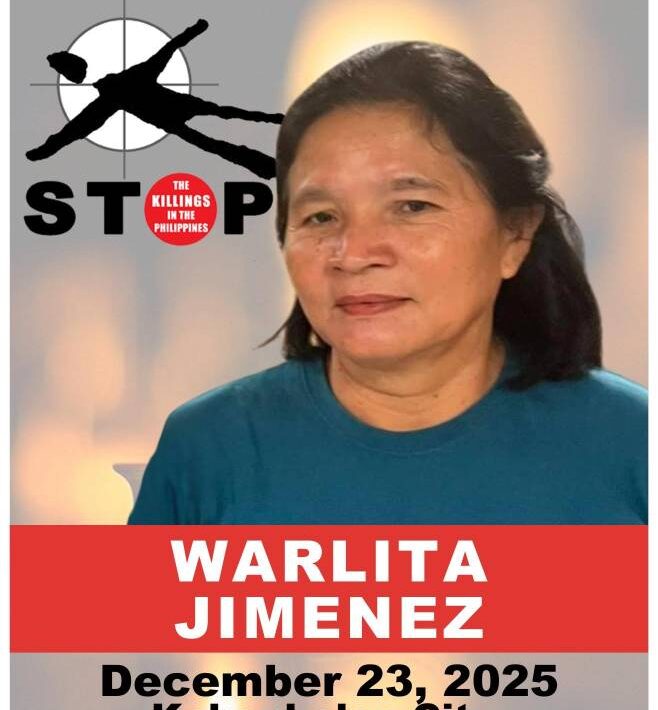What’s special about this ‘traslacion’?
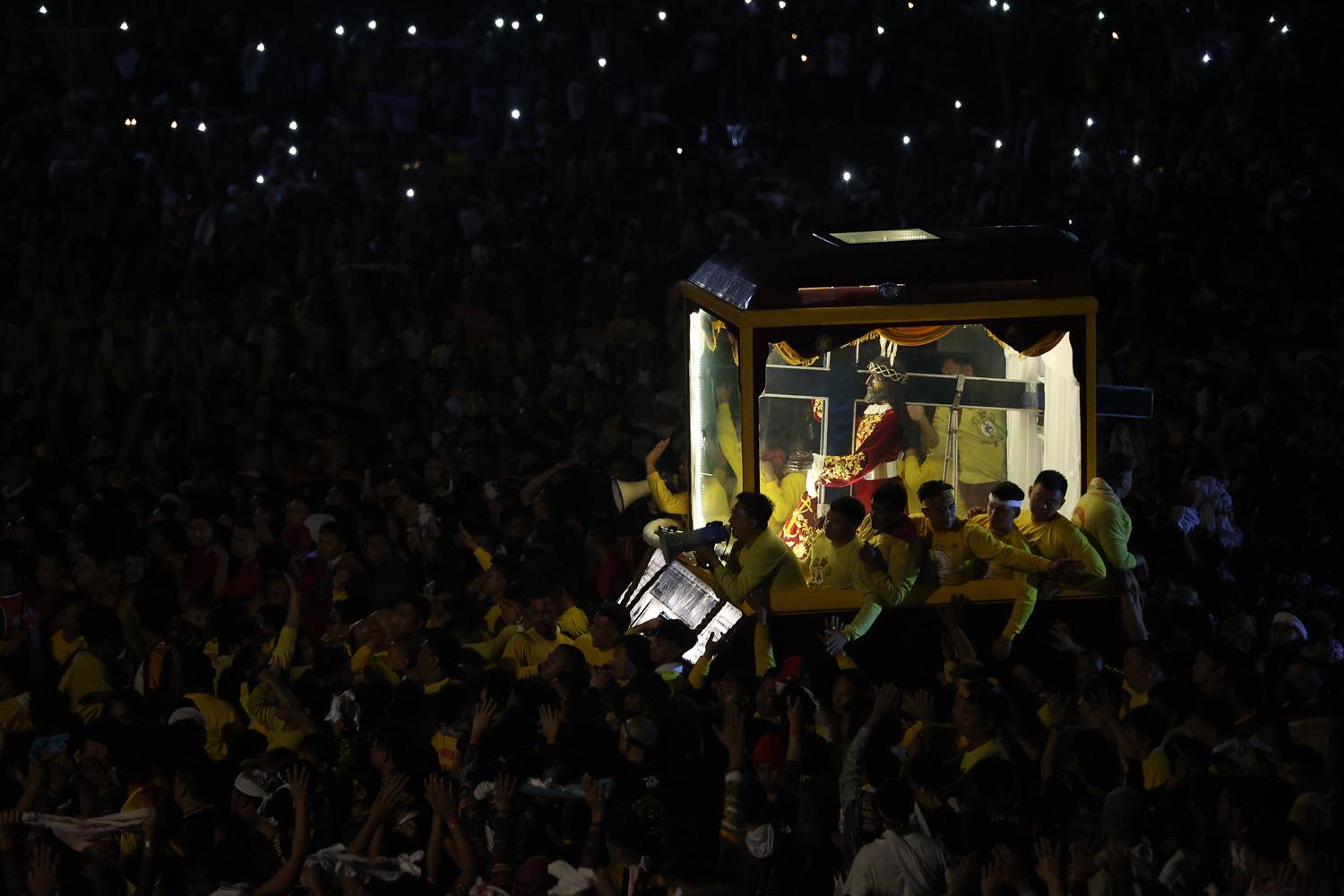
The sea of barefoot devotees—with their individual petitions, offerings of sacrifice and tales of gratitude—came in massive waves as expected.
But what made this year’s “traslacion,” perhaps the single biggest Catholic gathering in the country, extra special?
For one, Thursday’s mammoth procession, a spectacle centered around the image of a cross-bearing Christ, a.k.a. the Black Nazarene, was the first to be held after the Feast of Nuestro Padre Jesus Nazareno was declared a national feast day in the Philippines.
The Vatican-approved milestone was announced by the Church leadership earlier this week.
“This year’s feast is historic because, for the first time, it is not just a feast of Quiapo in Manila but of the entire Philippines—it’s a liturgical feast,” said Bishop Rufino Sescon in a Jan. 6 report posted on the Radio Veritas Asia website.
Sescon is the outgoing rector of the Minor Basilica and National Shrine of Jesus Nazareno—the icon’s home in Quiapo, Manila. He was recently appointed as the next bishop of the Diocese of Balanga in Bataan.
Rome’s imprimatur came after the Catholic Bishops’ Conference of the Philippines and Quiapo Church submitted a joint request to declare Jan. 9 a national feast, according to the report.
This aligned with their efforts to officially recognize the basilica as a national shrine, it said.
The declaration would allow some 5,000 parishes across the country to independently celebrate the feast “without direct coordination with Quiapo Church,” it added.
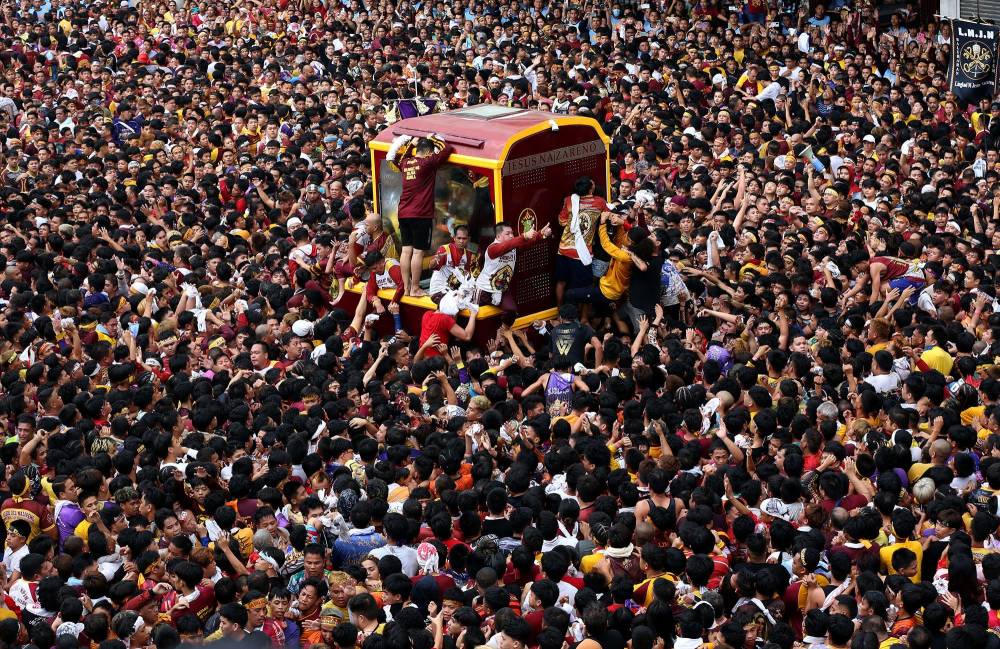
Name change
Also, Thursday’s procession was the first to be held after the church itself was renamed on Oct. 3, 2024.
According to a decree issued by the Archbishop of Manila, the Minor Basilica of the Black Nazarene will now be officially known as the “Minor Basilica and National Shrine of Jesus Nazareno.”
It thus sent a signal to the faithful and the general public (including the makers and sellers of T-shirts, calendars and other religious items around Quiapo) that the widely revered statue is now preferably called “Jesus Nazareno” instead of “Black Nazarene.”
“This move is meant to further focus the people on the holy name of our Lord than a color or attribute. Moreover, as a national shrine, we intend to be more inclusive, i.e., the devotion also includes images of the cross-bearing Christ which may not be black,” the decree said, explaining the change.
Myth debunked
It was a major update for a tradition that dates back to 1787. The procession, called the “traslacion,” or translation, commemorates the transfer of the Nazarene image from a Recollect church inside the old Spanish-era enclave of Intramuros to its current home in Quiapo, known at the time as St. John The Baptist Church.
Until it was changed by the October 2024 decree, the statue’s name describing its color was from the mesquite wood used in its construction. The late Filipino priest and theologian Sabino Vengco made this clarification in 2019, debunking a long-standing myth that its blackened image was due to a fire on the ship that carried it to the Philippines from Mexico in 1606.
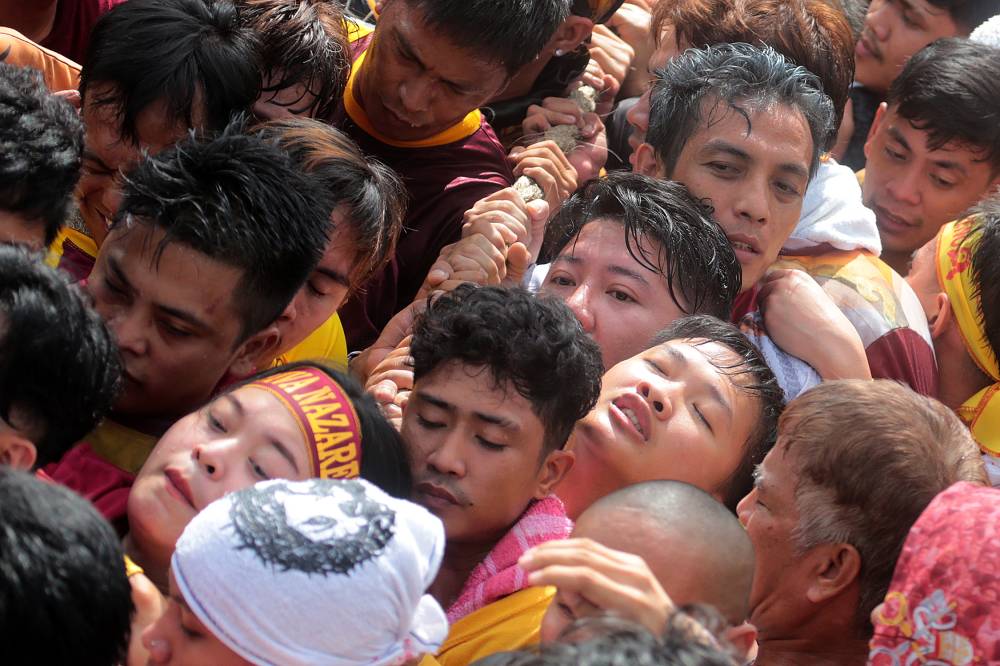
‘Lives have improved’
Whether aware of these changes or not, hundreds of thousands of devotees turned up on Thursday for one of the world’s grandest displays of Catholic devotion and expression of faith.
The procession’s organizers estimated about 220,000 people attended the 2 a.m. Mass at Quirino Grandstand before the procession. Over 190,000 people were estimated in the march and around church grounds as of midday, and the number was expected to swell as it moves along its 5.8-kilometer route.
Among them was 79-year old Victoriano Tayuni, a devotee for much of his life, who was leading a small group of fellow believers to help deepen their devotion.
“I have not seen anyone from among us whose lives got worse. Everyone’s lives have improved, so more people are joining every year,” Tayuni said.
Rowena Bustamante, a 56-year-old seamstress, said she named her daughter after the image.
“I tell him (Black Nazarene) all my problems, especially with my child Nazarena. I named her after him, so she’s called Nazarena,” Bustamante said.
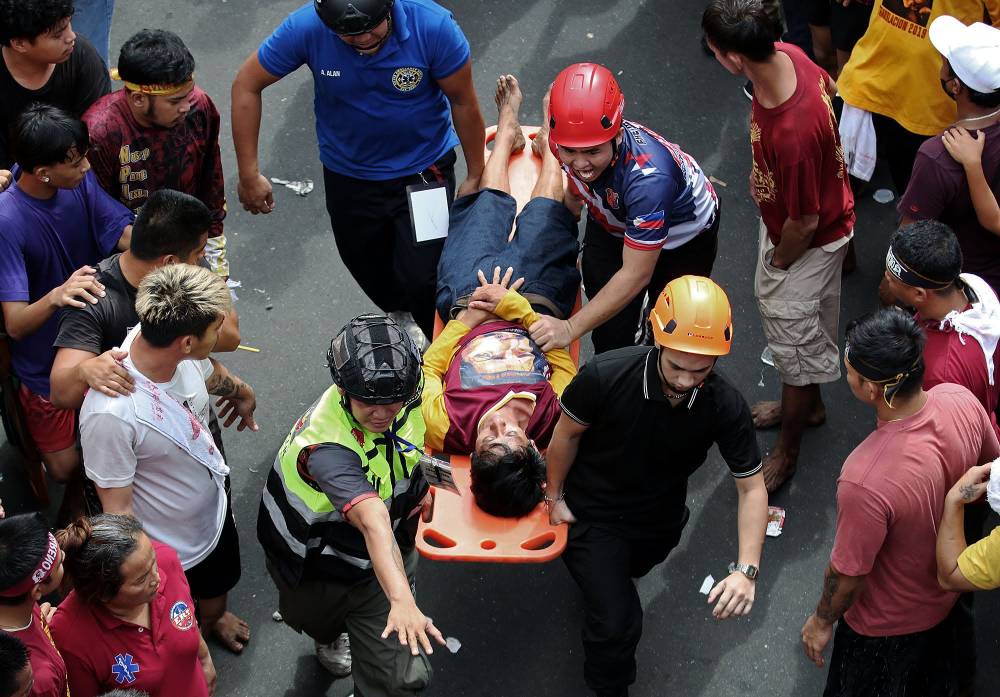
Be no ‘slaves’
Some devotees threw white towels at the image as marshals wiped them of its surface, believing that touching the statue would bless them and heal their illnesses. Others broke through a barricade of policemen to move closer to the procession early in the march.
In his homily at the high Mass, Manila Archbishop Cardinal Jose Advincula called on devotees to follow Christ at all times and not be slaves to money, vices and bad persons.
“If we sacrifice for the Lord but follow money, it means money is what we really hope for. If we devote ourselves to the Lord but follow evil persons, it means we depend on evil persons. If we make vows to the Lord but we follow vices, it means we follow vices,” Advincula said.
“And when we follow money, evil persons, vice or any worldly thing, we will only fail,” the cardinal added.
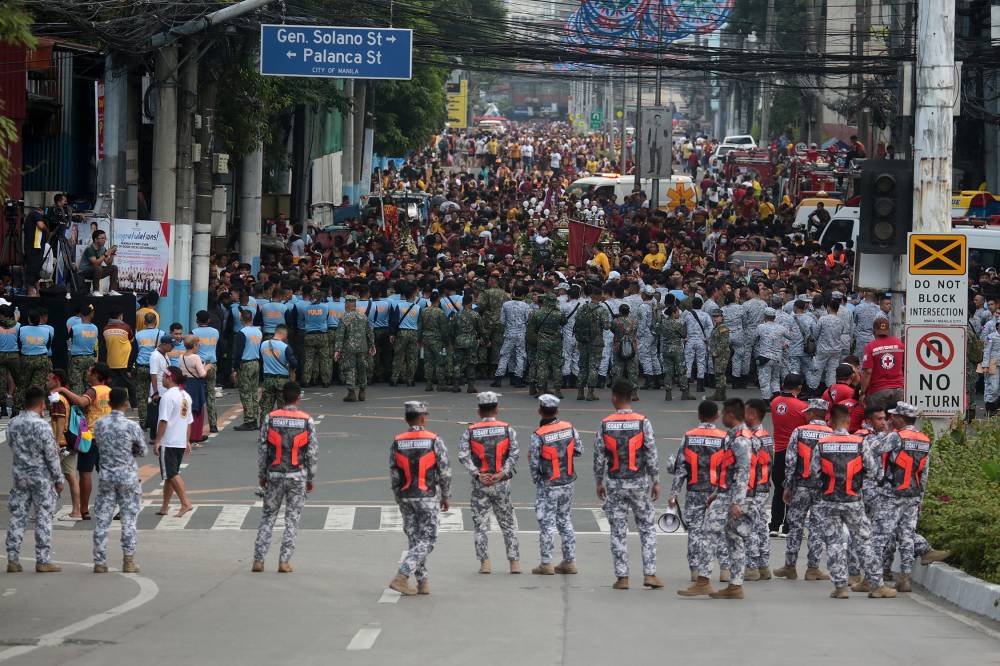
Hundreds treated
Meanwhile, the Philippine Red Cross said its staff and volunteers had attended to 449 people as of 4 p.m. after they sustained minor injuries abrasions, cuts, neck pain and sprains—or had dizzy spells or difficulty breathing.
The PRC—which mobilized some 1,000 personnel and 20 ambulances for the traslacion—also reported eight devotees who were treated for dislocated shoulder, injured nose, and suspected bone fracture. Seven more had to be brought to nearby hospitals for further treatment.
The Philippine National Police, which said it had deployed about 14,000 officers to secure the traslacion, had not reported any major untoward incident or disturbance as of this writing. —REPORTS FROM JEROME ANING, NESTOR CORRALES, REUTERS AND INQUIRER RESEARCH









